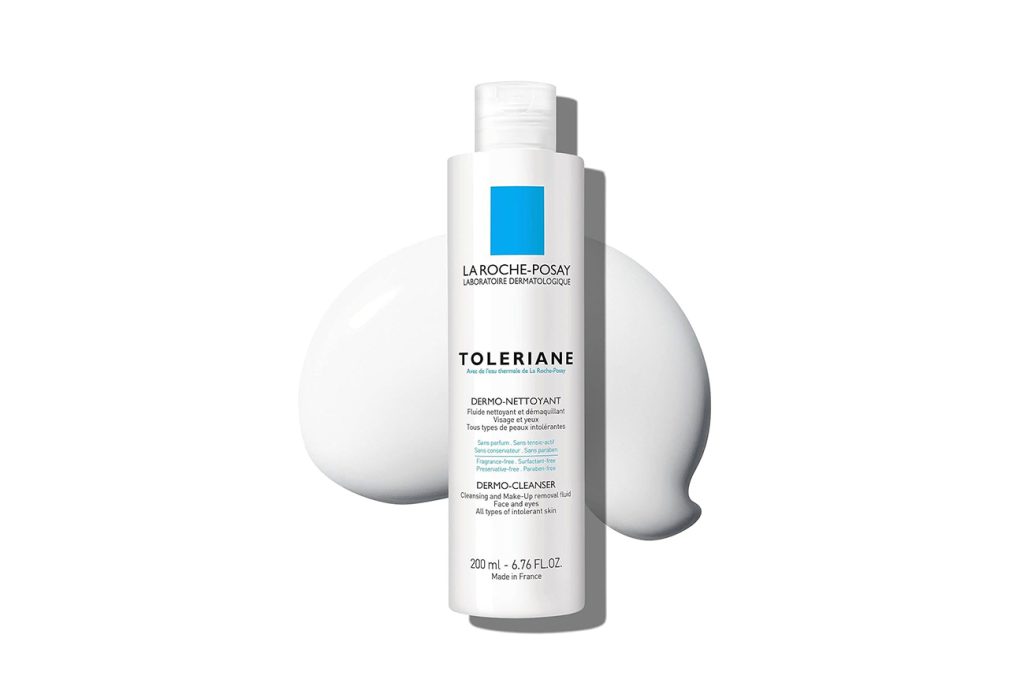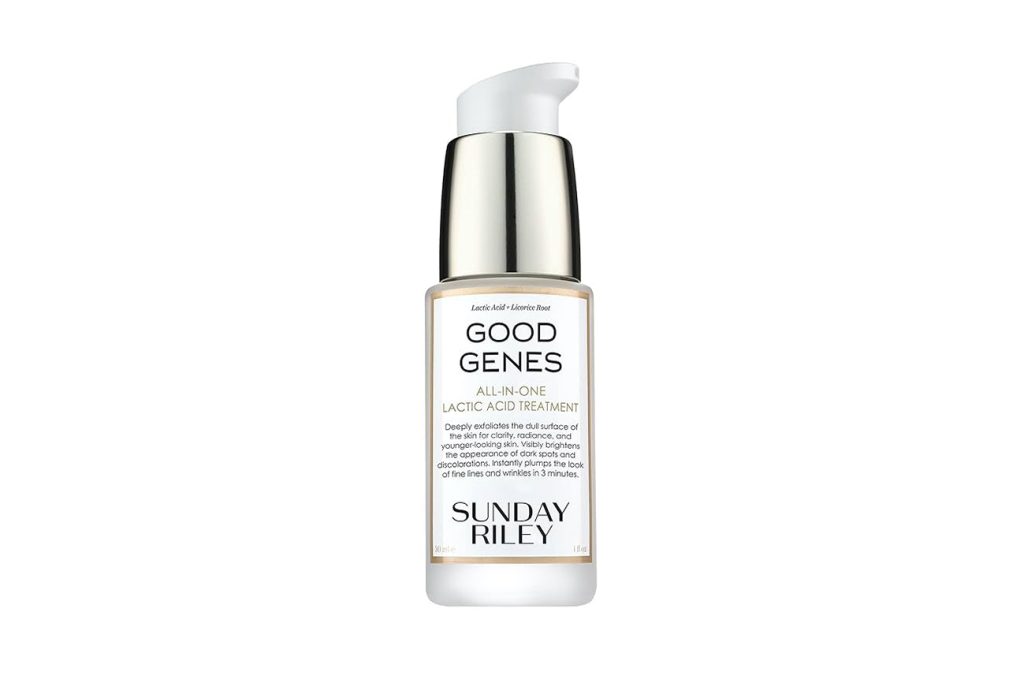You’ve invested in all the right things—brightening serums, hydrating toners, anti-aging eye creams. The formulas look promising, the reviews glowing. And yet… your skin? Meh. No glow. No bounce. No noticeable difference. Sound familiar?
Here’s the truth no product marketing tells you: no matter how high-performing your ingredients are, they’re only as good as your skin’s ability to absorb them. That’s right—your €90 serum may just be sitting on top of your skin like an expensive puddle if your barrier is compromised or your routine is out of sync.
But don’t worry, your actives aren’t going to waste. Let’s get into the real reasons your skin isn’t “drinking it in”—and how to unlock its full potential.
The Barrier to Absorption? Your Skin Barrier
Before diving into what to apply and when, we need to talk about your skin’s outermost layer—the stratum corneum. Think of it as a bouncer at a VIP club. If it’s functioning well, it lets the good stuff in and keeps the bad stuff out. But if it’s damaged (hello over-exfoliation, harsh weather, or a 12-step routine gone rogue), it shuts everything down.
Signs your skin barrier is compromised:
Persistent dryness or flakiness
Redness or irritation, especially after applying actives
A stinging sensation even with mild products
Products sitting on your skin instead of sinking in
If any of this rings a bell, stop. Don’t add more actives—repair first.
Step 1: Prep the Canvas—Cleanse, Don’t Strip
It all starts with cleansing. You want clean skin, not a stripped desert. Over-cleansing can dry out the skin and disrupt pH balance, making absorption less effective.
Swap foamy, sulfate-laden cleansers for gentle, pH-balanced ones like:
CeraVe Hydrating Cleanser – budget-friendly and barrier-loving.
Tatcha The Rice Wash – a soft, creamy option that gently exfoliates while calming the skin.
La Roche-Posay Toleriane Dermo-Cleanser – great for sensitive skin and doesn’t need water to remove.

If you wear makeup or sunscreen (and we hope you do), go for a double cleanse. Start with Elemis Pro-Collagen Cleansing Balm or Then I Met You Living Cleansing Balm to melt it all away before going in with your second, water-based cleanser.
Step 2: Exfoliate Intelligently, Not Aggressively
Exfoliation isn’t the enemy—it’s the access code. Done right, it removes the dead skin cells that block ingredients from penetrating deeper layers. But done too often, it compromises your barrier, creating the opposite effect.
Stick to 2–3 times a week, max.
Gentle exfoliants worth trying:
Paula’s Choice 2% BHA Liquid Exfoliant – cult favorite for a reason. Clears pores and smooths texture.
The Ordinary Lactic Acid 5% + HA – a mild option for exfoliation beginners.
Allies of Skin Mandelic Pigmentation Corrector Night Serum – powerful yet gentle, especially for sensitive skin prone to dullness.
Avoid harsh scrubs with jagged particles. This is your face, not your kitchen counter.
Step 3: Hydrate First, Then Treat
Here’s something many people don’t realize: hydrated skin absorbs better. Think of it like a sponge—it soaks up more when it’s slightly damp, not bone dry.
After cleansing (and exfoliating, if it’s exfoliation day), apply a hydrating toner or essence before any treatment steps. This primes the skin and helps your serums sink in more effectively.
Try:
Hada Labo Gokujyun Premium Lotion – packed with hyaluronic acid, it’s a hydration bomb in a bottle.
SK-II Facial Treatment Essence – pricier, but delivers long-term clarity and smoothness.
I’m From Mugwort Essence – calming, watery, and packed with antioxidants.
Pat it in gently. No cotton pads needed. Let your skin drink it up.
Step 4: Apply Actives Strategically
The order in which you apply your products matters more than you think. Lightweight products should go first, heavy creams last. But beyond that, give each product its moment—rushing it means your skin can’t fully absorb the goods.
A sample layering routine for nighttime:
Cleanser
Hydrating toner/essence
Treatment serum (like Vitamin C, niacinamide, or retinol)
Moisturizer
Facial oil or occlusive if needed
Pro Tip: Use the “thin to thick” rule
The Ordinary Niacinamide 10% + Zinc 1% – light, quick-absorbing, and great for refining pores.
Sunday Riley Good Genes – lactic acid-based and ideal for overnight glow.

Kiehl’s Midnight Recovery Concentrate – seals everything in and adds nourishment.
Leave 30–60 seconds between layers for optimal penetration. Turn your routine into a ritual, not a race.
Step 5: Tools and Techniques That Help
Your hands are great, but some tools can boost absorption without being invasive.
Gua Sha: Helps with circulation and product penetration. Use with a facial oil.
Jade or metal rollers: Cooling, de-puffing, and aid gentle massage.
Skin spatulas or ultrasonic infusion tools: Push products deeper using vibration. Not a must, but a fun upgrade.
More important than the tool is how you apply. Gentle pressing and upward strokes go a long way. Never rub aggressively—your skin is not a stain you’re trying to scrub out.
Step 6: Lock It All In
Absorption is only half the game—retention matters just as much. That’s where moisturizers and barrier creams come in.
For lightweight yet effective options:
Belif The True Cream Aqua Bomb – great for oily or combo skin.
Dr. Jart+ Ceramidin Cream – rich in ceramides for deep nourishment.
Embryolisse Lait-Crème Concentré – a makeup artist staple that doubles as primer.
Want to seal everything in overnight? Add a layer of Laneige Water Sleeping Mask or Summer Fridays Jet Lag Mask as your final step.
Step 7: Check the Ingredients—and the pH
Some actives need the right environment to shine.
Vitamin C (L-ascorbic acid) prefers a lower pH. Use in the morning and pair with sunscreen. Try SkinCeuticals C E Ferulic or La Roche-Posay Pure Vitamin C10 Serum.
Retinol works better on dry skin (not damp) and needs to be followed by moisturizer. Start with The Inkey List Retinol or Avène RetrinAL 0.1.
Niacinamide is friendly and flexible—play it safe with Glow Recipe Watermelon Niacinamide Dew Drops.
Read your labels. Combine wisely. And remember—more isn’t always better.
Let Your Skin Breathe and Respond
Skincare isn’t just about what you apply—it’s about how your skin receives it. Instead of chasing actives and layering endlessly, step back. Think of absorption as the missing link between effort and effect.
Give your skin time to respond. Watch how it feels, not just how it looks. Your skin is an organ, not a project—and with the right prep, the glow will come naturally.
So the next time a product doesn’t “work,” ask yourself: is it the formula… or the foundation I’m applying it to?
Boost your skin’s absorption game, and watch even your simplest routines start to deliver luxury results.



